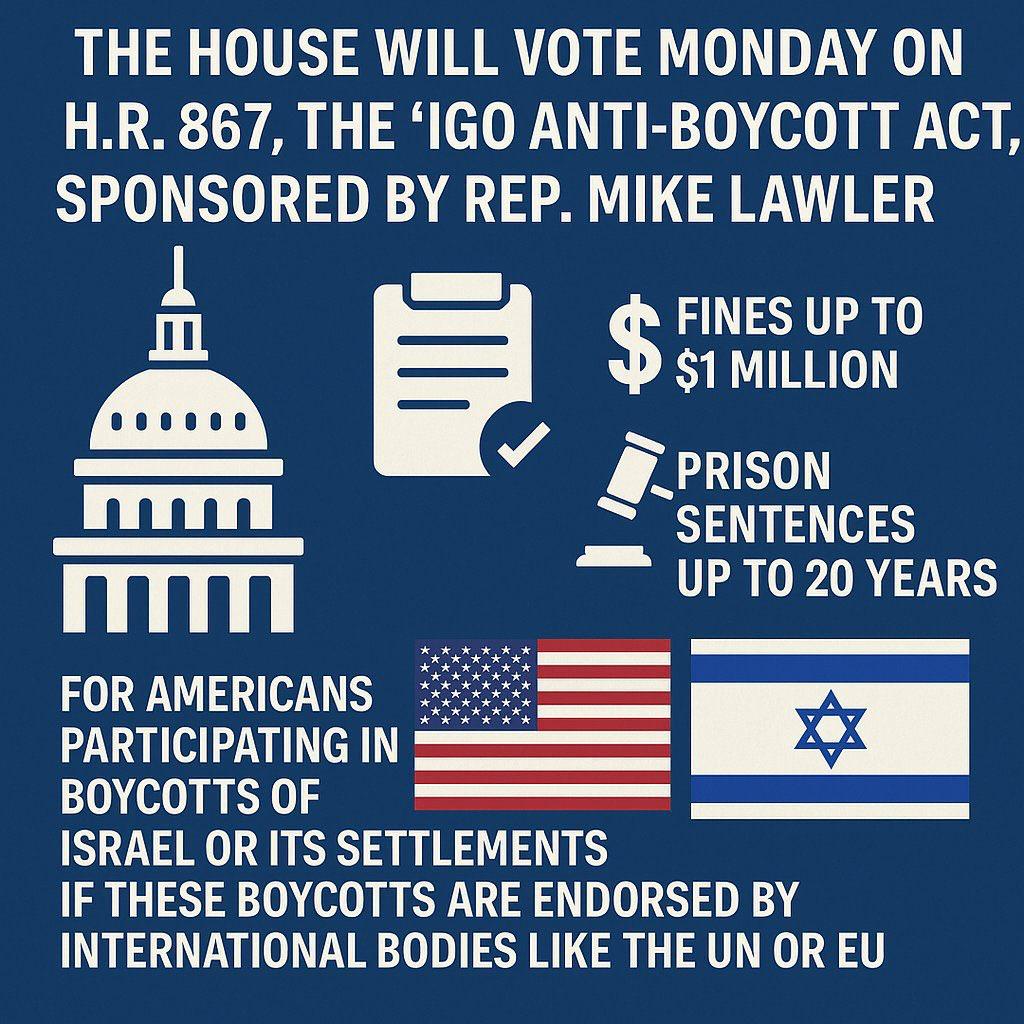The electromagnetic spectrum is a finite resource, yet its allocation has not kept pace with the rapid evolution of communication technologies. The Federal Communications Commission (FCC) oversees the management of this spectrum in the United States, balancing commercial, governmental, and civilian needs. However, many allocated frequency bands, such as the 40 Citizen Band (CB) radio channels in the 27 MHz range, are significantly under-utilized in today’s digital age. These airwaves, once bustling with trucker chatter and community exchanges, now lie largely dormant as communication preferences have shifted to digital platforms. This presents a unique opportunity for the FCC to reallocate these under-used frequencies to support innovative, unencrypted digital communications for civilian use, fostering education, hobbyist experimentation, and scientific advancement, while also paving the way for secure, licensed applications like machine-to-machine (M2M) communication to replace outdated technologies such as fax machines.
The Case for Reallocation: Under-Utilized Spectrum
The CB radio band, established in the 1940s and popularized in the 1970s, was a cornerstone of civilian communication, offering 40 channels for short-range, license-free voice communication. However, the rise of mobile phones, internet-based messaging, and social media has rendered CB radio largely obsolete for most users. While niche communities of truckers and hobbyists still use these channels, the overall traffic is a fraction of its historical peak. Similarly, other spectrum bands allocated decades ago for analog technologies are under-utilized as industries have transitioned to digital systems. For instance, the shift from analog to digital television freed up significant portions of the 700 MHz band, which was successfully reallocated for broadband services.
This under-utilization is a missed opportunity. The FCC has a history of reallocating spectrum to meet modern demands, such as the 2008 digital television transition and the 2016 incentive auction that repurposed broadcast spectrum for wireless broadband. The CB band and other under-used frequencies could be similarly repurposed to support digital communications, offering low-cost, accessible channels for civilians outside the internet’s infrastructure. This would democratize access to wireless communication, enabling students, hobbyists, and scientists to experiment and innovate without relying on costly licensed spectrum or internet connectivity.
Opportunities for Civilian Digital Communications
Reallocating under-utilized airwaves for unencrypted digital communications could unlock numerous benefits for civilian users:
- Educational Opportunities: Students could use these frequencies to learn about wireless communication, coding, and networking. Schools and universities could develop hands-on programs to build and test digital transceivers, fostering STEM education. For example, low-power digital signals could be used for campus-wide mesh networks, teaching students about decentralized communication systems.
- Hobbyist Innovation: Radio hobbyists, already active in communities like amateur radio (ham), could leverage these frequencies to experiment with digital protocols, such as packet radio or software-defined radio (SDR). Unlike the licensed ham radio bands, a reallocated, license-free band would lower barriers to entry, encouraging broader participation.
- Scientific Research: Scientists could use these airwaves for low-cost, direct data transmission in fields like environmental monitoring or astronomy. For instance, remote sensors could transmit data over digital channels without relying on internet infrastructure, enabling research in underserved or remote areas.
By designating these frequencies for unencrypted, low-power digital use, the FCC could create a “sandbox” for innovation, similar to the unlicensed 2.4 GHz and 5 GHz bands used for Wi-Fi. This would ensure accessibility while minimizing interference with critical services.
Replacing the Fax Machine: Licensed, Encrypted M2M Communication
Beyond unencrypted civilian use, reallocated airwaves could support licensed, encrypted M2M communication, addressing privacy-sensitive applications like healthcare and finance. One compelling use case is the replacement of fax machines, which remain prevalent in industries requiring secure document transmission, such as medical offices complying with the Health Insurance Portability and Accountability Act (HIPAA).
Fax technology, reliant on analog phone lines, is outdated, slow, and vulnerable to interception. A dedicated digital airwave band could enable secure, wireless document transmission using modern encryption standards. The FCC could issue licenses for this band, requiring compliance with HIPAA and other privacy regulations. Licensed users, such as hospitals or law firms, could deploy M2M systems to transmit documents directly between devices, eliminating the need for fax machines and reducing reliance on internet-based solutions, which may be susceptible to cyberattacks.
For example, a hospital could use a licensed frequency to send patient records securely to a nearby clinic via a dedicated digital transceiver. The FCC could regulate power levels and encryption standards to prevent interference and ensure privacy, while licensing fees could fund spectrum management efforts. This approach would modernize critical communication infrastructure, aligning it with 21st-century security and efficiency standards.
Addressing Challenges and Concerns
Reallocating spectrum is not without challenges. First, the FCC must conduct a comprehensive audit to confirm which bands, including the CB channels, are truly under-utilized, ensuring that existing users are not displaced. A phased transition, similar to the digital TV switchover, could allow current CB users to migrate to alternative bands or digital CB protocols.
Second, interference management is critical. Digital communications, even at low power, could disrupt adjacent bands if not carefully regulated. The FCC could establish strict technical standards, such as modulation schemes and power limits, to mitigate this risk. Modern digital protocols, like those used in Wi-Fi, demonstrate that dense spectrum use is feasible with proper oversight.
Third, privacy and security for licensed M2M applications require robust regulation. The FCC could mandate encryption standards and audit compliance, ensuring that sensitive data transmitted over these airwaves remains secure. By separating unencrypted civilian use from licensed, encrypted applications, the FCC can balance accessibility with privacy.
Finally, public awareness and adoption are key. The FCC could partner with educational institutions, hobbyist groups, and industry stakeholders to promote the new spectrum’s potential. Grants or subsidies could support the development of affordable digital transceivers, making the technology accessible to a wide audience.
A Path Forward
The FCC has a unique opportunity to reallocate under-utilized airwaves, such as the CB radio band, to meet the demands of modern digital communications. By designating portions of this spectrum for unencrypted, low-power civilian use, the FCC can empower students, hobbyists, and scientists to innovate outside the confines of the internet. Simultaneously, by allocating licensed bands for encrypted M2M communication, the FCC can modernize critical infrastructure, replacing outdated technologies like fax machines with secure, wireless alternatives.
To realize this vision, the FCC should:
- Conduct a spectrum utilization study to identify under-used bands, including the 40 CB channels.
- Propose a reallocation plan with clear technical standards for unencrypted civilian use and licensed M2M applications.
- Engage stakeholders, including educators, hobbyists, and industry leaders, to ensure broad support and adoption.
- Implement a phased transition to minimize disruption for existing users.
The airwaves are a public resource, and their management must evolve with technological progress. By reallocating under-utilized spectrum for digital communications, the FCC can foster innovation, enhance education, and secure critical infrastructure, ensuring that this finite resource serves the needs of today and tomorrow.
![]()





